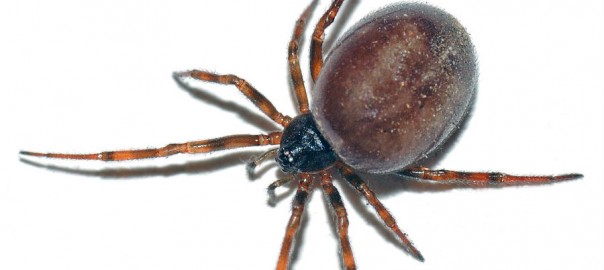Anyone who has picked up a UK newspaper in the past month will be aware of the hysteria that has surrounded a certain invasive arachnid. The false widow (or false black widow) is Great Britain’s latest unwanted pest, and many are on the lookout for the deadly “flesh-eating” and “highly venomous” creepy crawlies in their homes and gardens.
But before you enter a state of panic and dial for a pest controller, there are a few details that you should be aware of. A few details that the hysteria-inciting British media are failing to inform the public:
- The false widow has been here for some time. In fact, experts say that the spiders arrived over 140 years ago – the first recorded mention of them in the UK dates back to 1879.
- Since their arrival there have been no recorded deaths from false widow bites.
- The spiders are moving indoors due to shrinking habitats and an irregularly dry summer, and are simply now easier to spot.
- Bites from false widow spiders are far rarer than bee or wasp stings, and they are highly unlikely to attack humans. The majority of bites have come from false widows trapped in clothes or accidently squashed.
- Many of the spiders people have recorded seeing in their homes are just common house spiders.
While it is always best to err on the side of caution – the spider’s bite could potentially prove fatal someone with a reduced immune system or with an allergy to bites – the state of panic which the media has whipped up is completely unjustified.
If you do happen to see a false widow spider in your home, rather than calling pest control simply place a cup over the tiny beast and transport it to your garden. Spiders do a wonderful job of keeping disease-spreading insects at bay.





